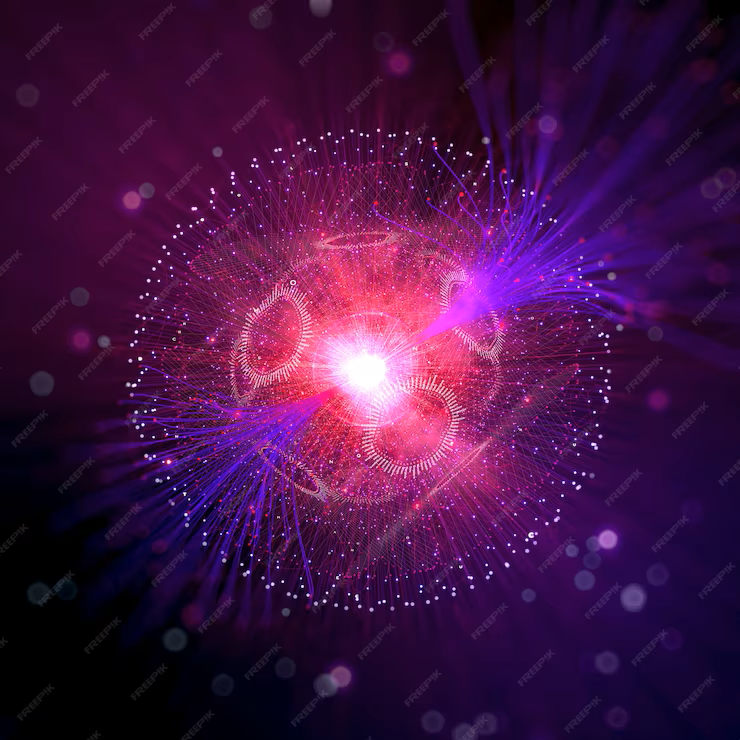TYPES OF PARTICLE ACCELERATORS

- Ion Implanters- They are used to accelerate ions of an element into a target to change its physical, chemical and/or electrical properties. It occurs at low temperatures. It can cause nuclear reactions as well if the ions are energetic enough.
- Electron Beam Accelerators- It generates an electron beam which collides with other substances. Electrons are accelerated through a vacuum tube. It’s also known as a BETATRON. It’s named so because high energy electrons are also known as BETA particles.
- Linacs/Linear Accelerators- It’s used to accelerate particles through a linear path with the help of alternating currents (i.e. oscillating electric potentials)
- Cyclotrons- An invention of Ernest Lawrence, a cyclotron repeatedly propels particles through a spiral path. These particles are accelerated by varying electric fields. It uses 2 large magnets (also known as “dees”) to accelerate particles due to potential difference created by a varying electric field.
However, it cannot accelerate particles when they start moving at relativistic speeds i.e. speeds at which laws of relativity come into the equation, Those speeds are very high speeds, about 2% of the speed of light. Particles are made to move in a circular path, because they do so if they experience a magnetic field which is perpendicular to their plane. - Synchrotrons- It overcomes the limitation of the cyclotron. It can accelerate particles at speed close to light. It has accelerating chambers and magnets. Magnets help in changing direction, and has accelerating chambers to accelerate the particle. The electric field is synchronized with the magnetic field strength.
- Electrostatic accelerators- In those particle accelerators, charged particles are accelerated to high energies by the same high voltage potential (which is why they are electro’static’). These are juxtaposed with electromagnetic accelerators.
Van de Graff generators are electrostatic accelerators which generate very high voltage direct current (i.e. with same frequency) at low current levels (i.e. the current is very low).
REAL LIFE APPLICATIONS i.e. HOW DO PARTICLE ACCELERATORS HELP US IN REAL LIFE?

- They can make cool-looking “Lichtenberg figures”. These are made by shooting a beam of electrons through a particle accelerator into an acrylic block. This isn’t particularly useful in real life, but it looks cool. This phenomenon is known as Triboluminescence, in which mechanical force causes an object to generate light, which looks cool. This was first observed by a Francis Bacon in 1605, when he broke up sugar crystals.
- It’s used in almost all particle physics experiments.
- It’s used in Chemistry and Biology to analyse small quantities of samples.
- Ion implanters are vital for nuclear physics, and help in making semiconductors. They also help in modification of properties of many element. (For eg- Fluorine 18, vital for diagnosing cancer, can be made from oxygen using particle accelerators as we bombard protons into the oxygen nucleus to get fluorine)
- We can model various situations in the universe by using these particle accelerators. For example. we can create high temperature conditions by accelerating particles, which can be used to examine the beginning of the universe. This is because we believe that similar conditions were prevalent a few picoseconds (1 picosecond = 10-12 seconds) after the Big Bang.
- We have been able to make antimatter from matter collisions at CERN with the help of the LHC, by using methods discussed in the previous post. About 4 antiproton-proton pairs are produced after carrying out approximately million collisions between highly energetic protons. A gram of antimatter will set you back approximately 5 thousand trillion dollars….. (For context, the world economy today is worth a 100 trillion dollars (approximately)) Best of luck!


